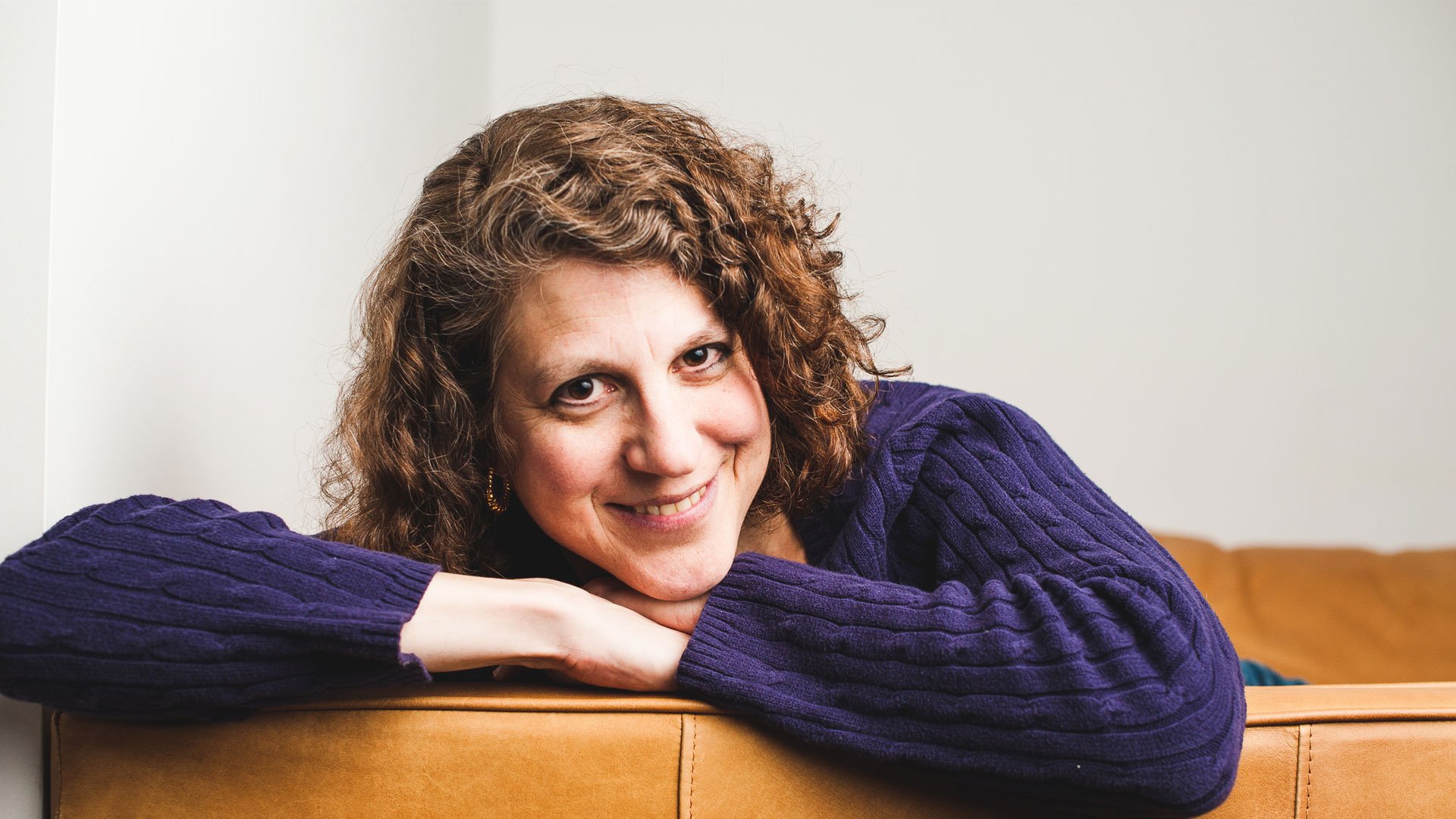Bon Appétit! Paris Then and Now by M.J. Rose
/New York Times bestselling author M.J. Rose has been writing novels set in France since 2006. Inspired by her French-Jewish-Gypsy great-grandmother, Rose’s latest novel, The Witch of Painted Sorrows, takes place during the Belle Epoch. During her extensive (and not at all painful) research, Rose discovered the restaurants, cafés, and cabarets her historical characters frequented. What made them special wasn’t just the food, the drink, or the atmosphere. Sitting down with the ghosts of the great actors, actresses, writers, intellectuals, artists, and royalty who frequented these places was magical. Their spirits live on…
Le Grand Vefour
17 Rue Du Beaujolais, located at the end of the Gardens of the “Palais Royal.” Le Grand Véfour has been called the first “grand” restaurant in Paris.
Its ancient décor hasn’t been radically changed since 1794. One of the oldest restaurants in Paris, it boasts Napoleon and Josephine, Victor Hugo, and Colette as former customers. Lunch is a bargain compared to dinner, which can cost a small fortune. But since one doesn’t just eat at Le Grand Vefour, it’s a dining experience worth splurging for. The amuse bouche and gift of desserts after desserts are a gourmet’s delight.
La Palette
La Palette is located in the 6th arrondissement of Paris, at the intersection of Rue de Seine and Rue Jacques-Callot. Popular for its large terrace, the restaurant’s façade and interior of the second salon are registered historic sites.
Across the street from the famous Beaux Art academy, the bistro is traditionally a gathering place for art students, nearby gallery owners, and artists. Over the years, the café has been frequented by Cézanne, Picasso, and Braque and later by Ernest Hemingway and Jim Morrison.
Artists’ palettes hang over the bar — see how many you can pick out!
Angelina’s
You’ve never had hot chocolate until you’ve sipped it at Angelina’s at 226 rue Rivoli. The grandeur of this belle époque salon, located just steps away from the Louvre, is as lush as the decadent drinks and desserts they’ve served since the turn of 19th century.
Audrey Hepburn, Proust, and Coco Chanel are but three of the many celebrities who’ve imbibed Angelina’s specialty, the velvety ‘African’ drinking chocolate, a potion so thick you need a spoon to consume it. Epicurean delights include the Mont Blanc dessert, a ball of meringue covered in whipped cream and sweet chestnut. As tempting as it will be, it’s recommended you not indulge in both a pastry and a hot chocolate simultaneously – enjoy one and save the other for later.
The only sign of the times at this historical gem: sugar and butter-free brioche aux fruits rouges!
Ladurée
Louis-Ernest Ladurée, a miller, wrote more than 20,000 letters and 2000 plays, poetry, novels, essays, historical and scientific works, books and pamphlets. A social reformer who criticized intolerance and religion, he founded this delightful bakery on the Rue Royale, Paris in 1862.
During the Paris Commune uprising of 1871, a fire destroyed the bakery. Jules Chéret decorated the rebuilt shop, dressing the chubby cherubs as pastry cooks. Ladurée’s grandson, Pierre Desfontaines, created the now famous macaroons in 1930 when he sandwiched two shells together with a creamy ganache filling in between.
The original tea room and bakery is at 16-18 Rue Royale. A second location is at 21 Rue Bonaparte.
Café de Flore
Café de Flore opened its doors at 172 Boulevard Saint-Germain in 1885 and has been one of the best people watching spots in Paris ever since. It’s also one of the city’s oldest and most prestigious coffeehouses. Though the adjacent Les Deux Magots was once frequented by Jean-Paul Sartre, Simone de Beauvoir,Albert Camus, and others, Flore is known today as the less touristy of the two. It’s worth waiting for a table on the terrace, but the art deco interior, with its red seating, mahogany, and mirrors, will take you back in time to the pre-World War II era. And they serve on of the best fromage and jambon omelet’s that can be had in Paris.
Au Lapin Agile
Lapin Agile is a famous cabaret in Montmartre at 22 Rue des Saules. A favorite spot for once-struggling artists and writers like Picasso, Modigliani, Apollinaire, and Utrillo, their conversations about “the meaning of art” echo in the air.
What really put this cabaret on the map was Pablo Picasso’s 1905 oil painting, “At the Lapin Agile.” And in 1993 comedian and entertainer Steve Martin wrote a play, Picasso at the Lapin Agile, that depicted an imagined meeting between Pablo Picasso and Albert Einstein at the cabaret.
Have a seat at one of the wooden tables where visitors have been carving their initials for decades, order the house special—cherry wine, complete with four wine-soaked cherries—listen to the music which includes French songs dating back as far back as the fifteenth century, and feel yourself swept away by the magic of Paris.
About M.J. Rose
M. J. Rose grew up in New York City mostly in the labyrinthine galleries of the Metropolitan Museum, the dark tunnels and lush gardens of Central Park, and reading her mother’s favorite books before she was allowed. She is the author of more than a dozen novels, the co-president and founding board member of International Thriller Writers, and the founder of the first marketing company for authors: AuthorBuzz.com. She lives in Greenwich, Connecticut. Visit her online at MJRose.com.






















